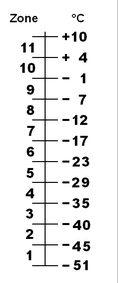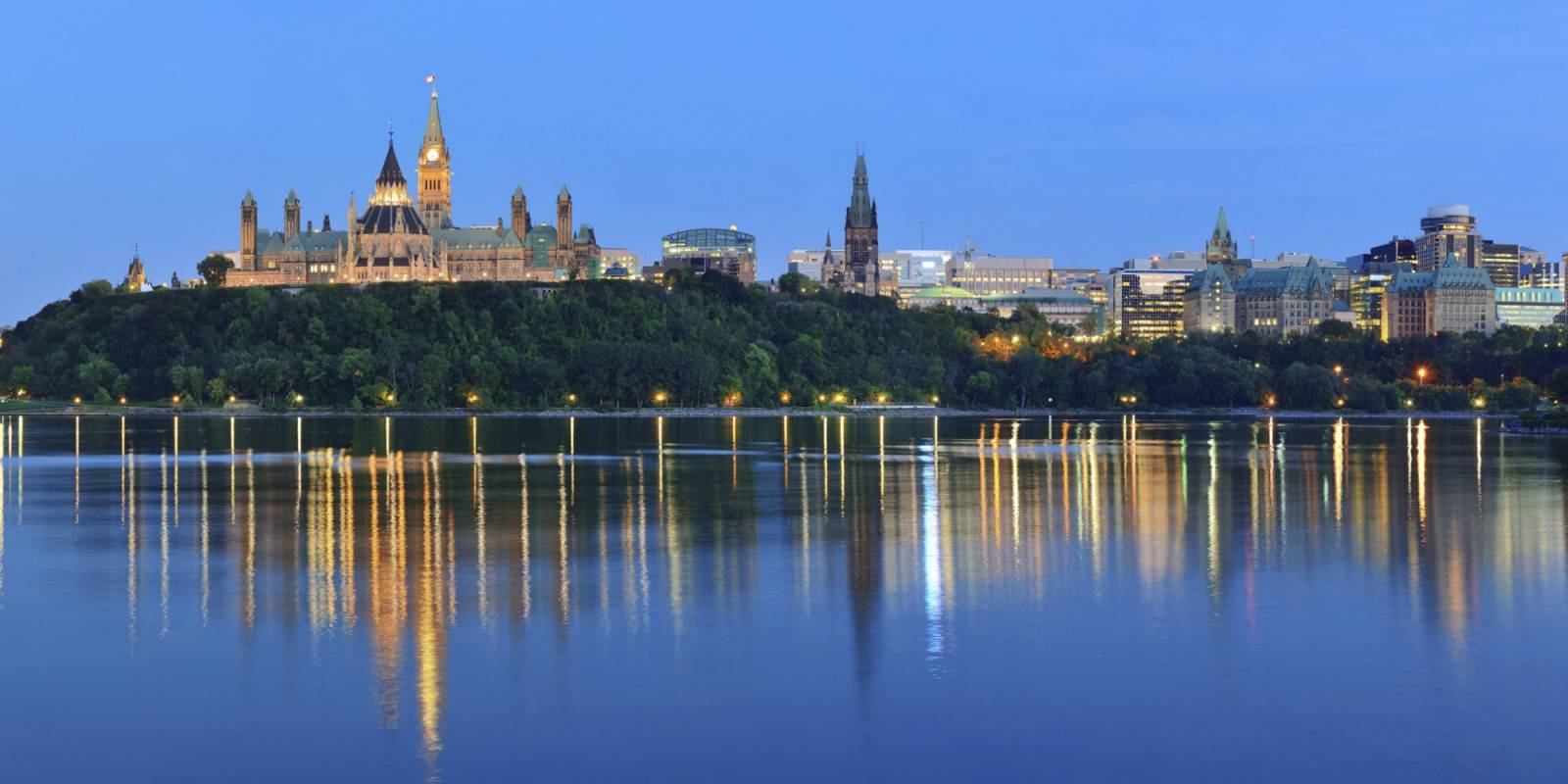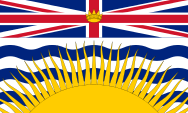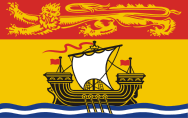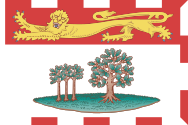It appears that you're running an Ad-Blocker. This site is monetized by Advertising and by User Donations; we ask that if you find this site helpful that you whitelist us in your Ad-Blocker, or make a Donation to help aid in operating costs.
▼ Sponsored Links ▼
▲ Sponsored Links ▲
▲ Sponsored Links ▲
Region Information Data for Canada (CA)
Canada is a country in the northern part of North America. Its ten provinces and three territories extend from the Atlantic to the Pacific and northward into the Arctic Ocean, covering 9.98 million square kilometres (3.85 million square miles), making it the world's second-largest country by total area. Canada's southern border with the United States is the world's longest bi-national land border. Its capital is Ottawa, and its three largest metropolitan areas are Toronto, Montreal, and Vancouver. As a whole, Canada is sparsely populated, the majority of its land area being dominated by forest and tundra. Consequently, its population is highly urbanized, with over 80 percent of its inhabitants concentrated in large and medium-sized cities, many near the southern border. Canada's climate varies widely across its vast area, ranging from arctic weather in the north, to hot summers in the southern regions, with four distinct seasons.
Various indigenous peoples have inhabited what is now Canada for thousands of years prior to European colonization. Beginning in the 16th century, British and French expeditions explored, and later settled, along the Atlantic coast. As a consequence of various armed conflicts, France ceded nearly all of its colonies in North America in 1763. In 1867, with the union of three British North American colonies through Confederation, Canada was formed as a federal dominion of four provinces. This began an accretion of provinces and territories and a process of increasing autonomy from the United Kingdom. This widening autonomy was highlighted by the Statute of Westminster of 1931 and culminated in the Canada Act of 1982, which severed the vestiges of legal dependence on the British parliament, except for the power to amend its constitution.
Canada is a federal parliamentary democracy and a constitutional monarchy, with Queen Elizabeth II being the head of state. The country is a realm within the Commonwealth of Nations, a member of the Francophonie and officially bilingual at the federal level. It ranks among the highest in international measurements of government transparency, civil liberties, quality of life, economic freedom, and education. It is one of the world's most ethnically diverse and multicultural nations, the product of large-scale immigration from many other countries. Canada's long and complex relationship with the United States has had a significant impact on its economy and culture.
Posted on January 6th, 2019
Various indigenous peoples have inhabited what is now Canada for thousands of years prior to European colonization. Beginning in the 16th century, British and French expeditions explored, and later settled, along the Atlantic coast. As a consequence of various armed conflicts, France ceded nearly all of its colonies in North America in 1763. In 1867, with the union of three British North American colonies through Confederation, Canada was formed as a federal dominion of four provinces. This began an accretion of provinces and territories and a process of increasing autonomy from the United Kingdom. This widening autonomy was highlighted by the Statute of Westminster of 1931 and culminated in the Canada Act of 1982, which severed the vestiges of legal dependence on the British parliament, except for the power to amend its constitution.
Canada is a federal parliamentary democracy and a constitutional monarchy, with Queen Elizabeth II being the head of state. The country is a realm within the Commonwealth of Nations, a member of the Francophonie and officially bilingual at the federal level. It ranks among the highest in international measurements of government transparency, civil liberties, quality of life, economic freedom, and education. It is one of the world's most ethnically diverse and multicultural nations, the product of large-scale immigration from many other countries. Canada's long and complex relationship with the United States has had a significant impact on its economy and culture.
| Demonym | Canadian |
| Capital | Ottawa |
| Anthem | O Canada |
| Official Motto | From Sea to Sea |
| Official Flag |  |
| Official Language(s) | English, French |
| Approximate Size | Total: 3,854,085 sq mi (9,984,670 km2) % Water: 8.92 (891,163 km2 / 344,080 mi2) |
| Population | 36,443,632 (2016) |
| Currency | Canadian Dollar (CAD $) |
| Drives | On the Right |
| International Dialing Code | +1 |
| Sports | Sports in Canada consist of a wide variety of games. The most common sports ice hockey, lacrosse, gridiron football, soccer, basketball, curling and baseball, with ice hockey and lacrosse being the official winter and summer sports, respectively. Ice hockey, referred to as simply "hockey", is Canada's most prevalent winter sport, its most popular spectator sport, and its most successful sport in international competition. Lacrosse, a sport with Indigenous origins, is Canada's oldest sport. Canadian football is Canada's second most popular spectator sport, being the most popular in the prairie provinces. The Canadian Football League's annual championship, the Grey Cup, is one of the country's largest annual sports events. While other sports have a larger spectator base, Association football, known in Canada as soccer in both English and French, has the most registered players of any team sport in Canada. Professional teams exist in many cities in Canada. Statistics Canada reports that the top ten sports that Canadians participate in are golf, ice hockey, swimming, soccer, basketball, baseball, volleyball, skiing (downhill and alpine), cycling and tennis. As a country with a generally cool climate, Canada has enjoyed greater success at the Winter Olympics than at the Summer Olympics, although significant regional variations in climate allow for a wide variety of both team and individual sports. Major multi-sport events in Canada include the 1988 and 2010 Winter Olympics, and the 1976 Summer Olympics. Great achievements in Canadian sports are recognized by Canada's Sports Hall of Fame, while the Lou Marsh Trophy is awarded annually to Canada's top athlete by a panel of journalists. There are numerous other Sports Halls of Fames in Canada. |
| Area Facts | What is Canada's flower? Canada's flower is the dogwood. What is Canada's bird? Canada's national bird is the Canadian Goose. What is Canada's symbol? Canada's symbol is the red maple leaf. What does Canada's agriculture produce? Canada is one of the world's largest agricultural producers, with grain being one of the leading Canadian exports. Beef, pork, and veal are another large export. Dairy, poultry, and eggs are a domestic agricultural product of Canada. What are Canada's imports? Canada imports many motor vehicles, machinery, fruits, and vegetables. What are Canada's territories? Canada is the second largest country in the world; it has 10 provinces and 3 territories. Its territories include the Northwest Territories, Nunavut, and the Yukon. What are Canada's climates? Canada's climates are arctic, continental, subarctic, and temperate. |
Places in the Region: Canada
▼ Sponsored Links ▼
▲ Sponsored Links ▲
▲ Sponsored Links ▲
Comments
(Related Products
▼ Sponsored Links ▼
▲ Sponsored Links ▲
▲ Sponsored Links ▲


